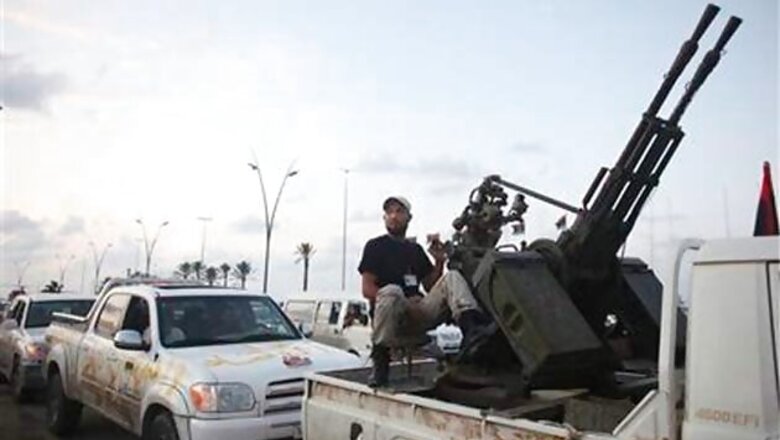
views
Beijing: China has become the world's fifth largest exporter of major conventional arms buoyed by Pakistan's growing import from its communist ally, even as India emerged as the leading buyer of weapons, a Swedish think tank said on Monday.
China displaced UK to be in the top five arms exporters since the end of the Cold War, according to new data on international arms transfers published by the Stockholm International Peace Research Institute (SIPRI). Overall, the volume of international transfers of major conventional weapons grew by 17 per cent between 2003-2007 and 2008-12.
The five largest suppliers of major conventional weapons during the five-year period 2008 12 were the US (30 per cent of global arms exports), Russia (26 per cent), Germany (7 per cent), France (6 per cent) and China (5 per cent).
This is the first time that the UK has not been in the top five since at least 1950, the earliest year covered by SIPRI data. China's displacement of the UK is the first change in the composition of the top five exporters in 20 years.
The volume of Chinese exports of major conventional weapons rose by 162 per cent between 2003 2007 and 2008 2012, and its share of the volume of international arms exports increased from 2 to 5 per cent. "China's rise has been driven primarily by large-scale arms acquisitions by Pakistan," said Dr Paul Holtom, Director of the SIPRI Arms Transfers Programme.
"However, a number of recent deals indicate that China is establishing itself as a significant arms supplier to a growing number of important recipient states," he said. In the period 2008 12, Asia and Oceania accounted for almost half (47 per cent) of global imports of major conventional weapons.
The top five importers of major conventional weapons worldwide, India (12 per cent of global imports), China (6 per cent), Pakistan (5 per cent), South Korea (5 per cent), and Singapore (4 per cent), were all in Asia. Several countries in Asia and Oceania have in recent years ordered or announced plans to acquire long-range strike and support systems that would make them capable of projecting power far beyond their national borders.
Last year notably saw the delivery of a nuclear-powered submarine from Russia to India and the commissioning of China's first aircraft carrier, Liaoning. Other regional players are seeking to establish or strengthen submarine fleets, including several South East Asian countries and Australia, which is also acquiring large surface warships and combat aircraft.
These developments come at a time of heightening tensions over territorial disputes in the East and South China seas. Deliveries to European countries fell by 20 per cent between 2003 2007 and 2008 12. European states seem eager to abandon or reduce a range of arms import plans.


















Comments
0 comment